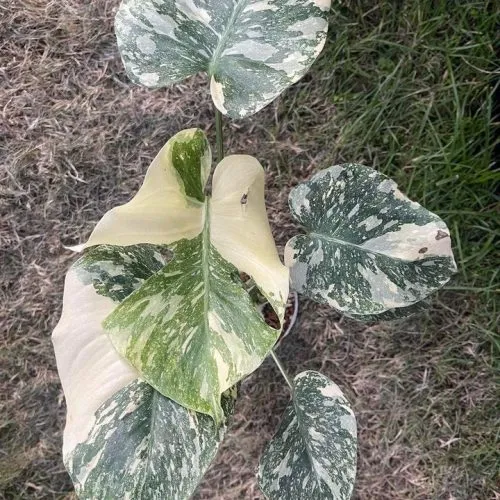The Philodendron Pluto is a stunning tropical plant that has become increasingly popular among indoor gardeners. Known for its unique variegated foliage and easy-care nature, this plant can add a touch of the exotic to any home. Here’s everything you need to know about growing and caring for Philodendron Pluto.
Introduction
The Philodendron Pluto is a member of the aroid plant family, which includes popular varieties like Monstera, Anthurium, and Alocasia. Native to the tropical regions of South America, this plant is prized for its large, deeply lobed leaves with striking chartreuse and olive green variegation. Its unique appearance makes it a standout addition to any plant collection, similar to Aglaonema and Epipremnum.
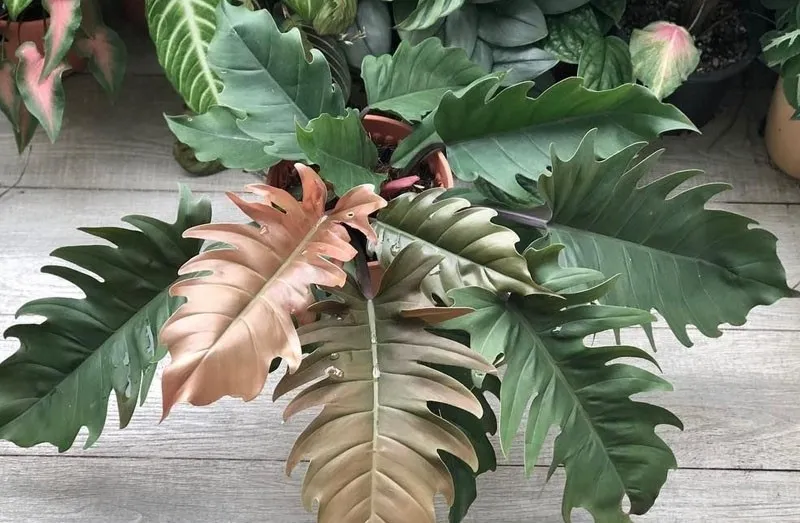
1. Philodendron Pluto Features Uniquely Variegated Foliage
One of the most distinctive features of Philodendron Pluto is its foliage, which emerges with a bold chartreuse and olive green variegation. The leaves start out smaller in juvenile plants before maturing to a substantial size, often 12 inches long by 9 inches wide or larger. To explore more about the unique features of various Philodendron species, including their foliage, you can refer to our extensive guide in “Discover the Fascinating World of Philodendron Plant Species”
Mature Pluto leaves develop deep lobes along the edges, enhancing the tropical flair. The variegation patterns are random, ensuring each leaf has a unique and mesmerizing appearance. Even as leaves age, they tend to retain much of their vibrancy.
2. It’s a Vining Aroid That Can Be Grown Upright or Trailing
Philodendron Pluto belongs to the Araceae family, making it a type of aroid. Many aroids exhibit vining growth habits in their native jungle environments.
With proper care and support, Philodendron Pluto can be encouraged to grow upright on a moss pole. However, it also makes an intriguing trailing or hanging plant when allowed to vine downwards. The variegated leaves look equally striking whether displayed upright or cascading.
Upright Growth
- Provide a sturdy moss pole or plant stake
- Secure new growth with plant ties or velcro
- Allows display of full leaf patterns
Trailing Growth
- Allow vines to spill over container edges
- Looks great in hanging baskets
- Grows well on shelves
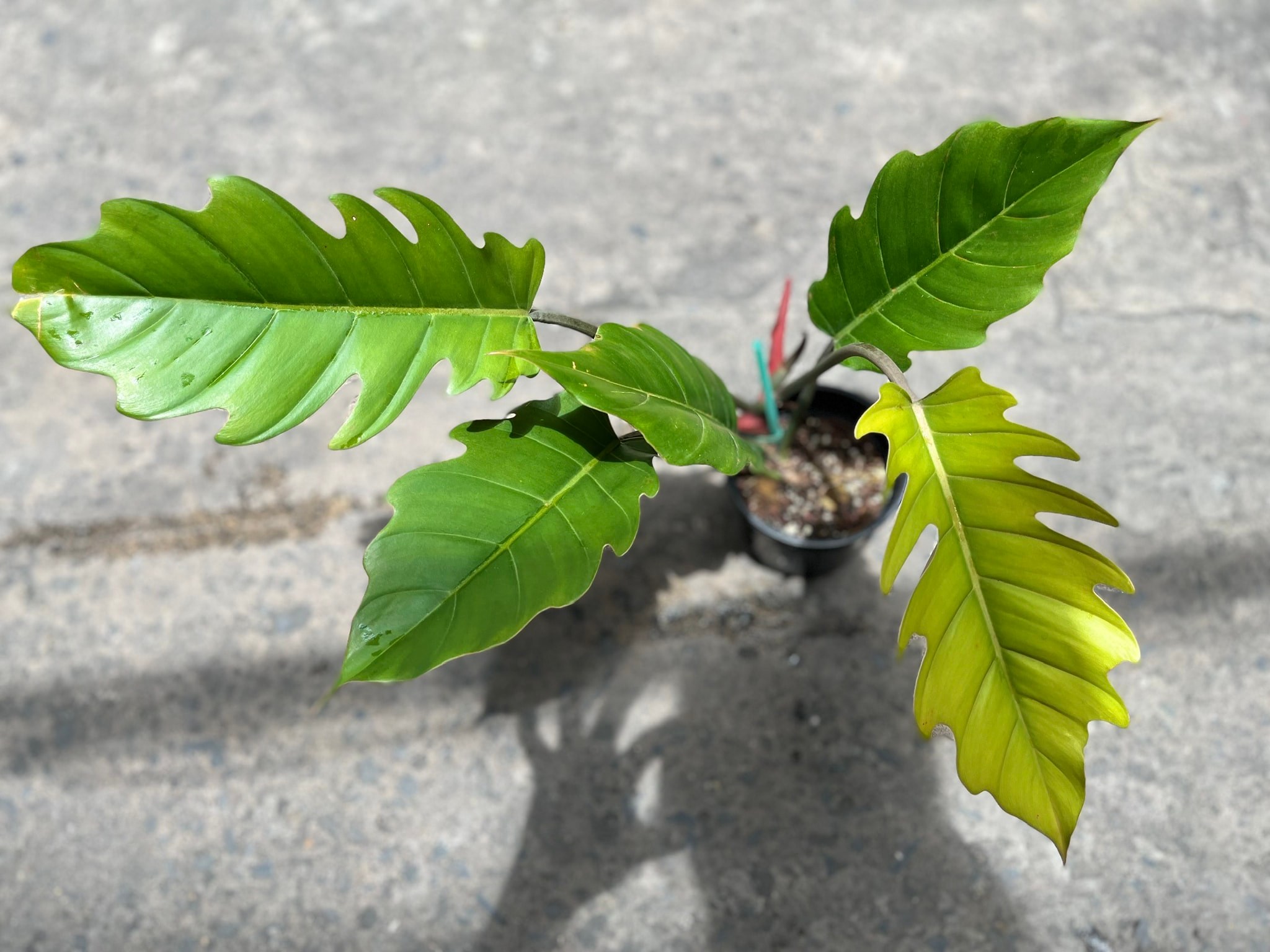
3. Prefers Warm Temperatures and High Humidity
As a tropical plant native to South American rainforests, Philodendron Pluto thrives in warm, humid conditions. Ideal temperatures for this plant range from 65-80°F. Growth may slow in cooler temperatures below 60°F. For detailed information on creating the ideal temperature and humidity levels for your Philodendron, check out our in-depth guide
Philodendron Pluto enjoys average home humidity but will truly flourish when humidity levels are 40% or higher. Use a humidifier or pebble tray to boost moisture in the air if needed. Keep the plant away from hot, dry drafts from heating vents which can dry out the foliage.
Providing Adequate Humidity
- Use humidifiers
- Group plants together
- Use pebble trays
- Maintain adequate ambient moisture
Keeping Temperatures Warm
- Avoid cold drafts
- Keep away from A/C vents
- Use grow lights as needed
- Maintain 65-80°F ideal range
“Unlock the Beauty of Nature: Click Here to Buy Your Philodendron Pluto Now!”
4. Water Thoroughly When Top Inch of Soil is Dry
Philodendron Pluto prefers a consistent moisture level but dislikes overly wet or waterlogged soil. The best way to maintain its watering needs is to allow the top inch of soil to dry out between waterings. This indicates the roots have utilized the previous watering.
When watering, pour room temperature water slowly into the pot until it drains freely from the base. This ensures thorough saturation. Allow any excess water to drain fully before returning the plant to its decorative pot.
During cooler winter months, the plant may need less frequent watering such as every 10-14 days. Monitor soil moisture and adjust as needed based on environmental factors.
Watering Tips
- Allow top inch of soil to dry before watering
- Water thoroughly until it flows from drainage holes
- Always pour off any excess from saucer
- Adjust frequency based on time of year
This plant appreciates high humidity levels, much like Fern (Platycerium) and Dischidia. You can increase humidity by misting the leaves regularly, placing a humidifier nearby, or using a pebble tray filled with water.
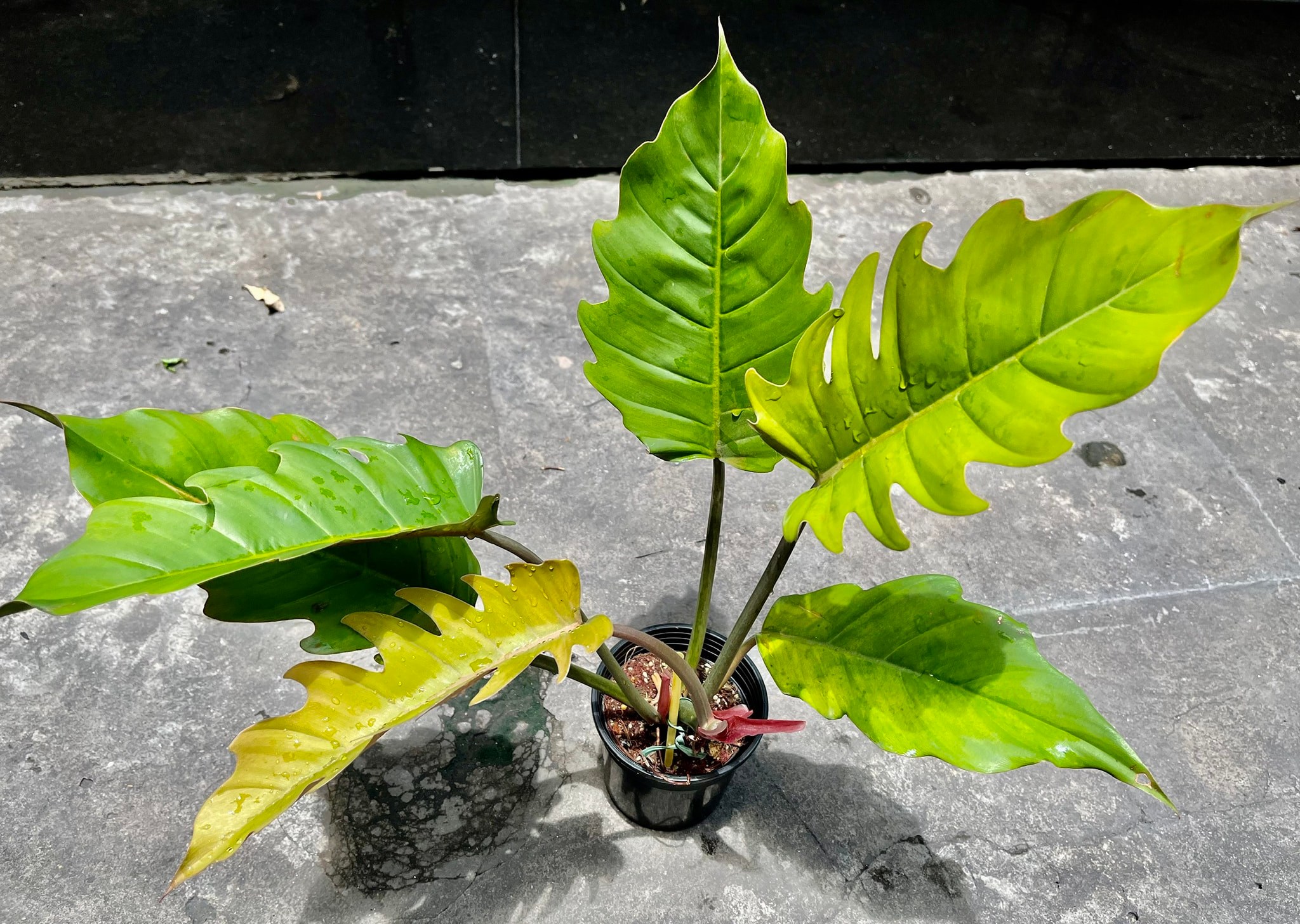
5. Fertilize Regularly During Spring and Summer
Feeding Philodendron Pluto with a balanced, water-soluble fertilizer keeps growth strong and foliage lush. Focus fertilizing efforts during the active growing period of spring through summer. You can fertilize every 2-4 weeks from March-September. Avoid over-fertilizing which can cause leaf burn.
Reduce fertilizer applications in fall and winter when growth naturally slows. Flushing the soil every 4-6 weeks prevents buildup of chemical salts. Use tepid rainwater or distilled water for an occasional deep watering to further flush salts and refresh the roots.
Fertilizing Schedule
- Fertilize every 2-4 weeks from March-September
- Use balanced, water-soluble plant food
- Flush soil every 4-6 weeks
- Take a break from fertilizing over winter
Philodendron species are the most sought after by aroid plant lovers
6. Can Tolerate Lower Light Conditions
One thing that makes Philodendron Pluto so versatile is its ability to adapt to various light levels. While bright, indirect light keeps the foliage most vibrant, this plant can readily tolerate lower light conditions found indoors.
Even in areas with no direct sun exposure, Philodendron Pluto will grow quite well. Northern or east-facing windows work beautifully. In lower light, the leaf variegation may become greener but the plant will continue expanding nicely. Sheltered outdoor locations in mild climates are also suitable.
Light Requirements
- Thrives in bright, indirect light indoors
- Will tolerate low to medium indirect light
- Avoid direct hot sunlight which can scorch leaves
- Adaptable to a range of indoor conditions
This lighting condition is also suitable for other tropical plants like Syngonium and Homalomena.
7. Repot Annually in Spring to Provide Fresh Soil
Healthy growth for Philodendron Pluto depends on fresh, nutrient-rich potting mix. Repotting annually in spring refresh the soil and provides room for expanding roots. Move it into a container one size larger than the current pot.
Use a well-draining aroid blend or mix containing ingredients like peat moss, perlite, bark chips, and coco coir fiber. Carefully remove from its nursery pot and massage away old soil before placing in the new container. Water thoroughly after repotting to settle the roots.
Repotting Tips
- Repot each spring before growing season
- Move to a pot one size larger
- Use a well-draining potting mix
- Water thoroughly after repotting
Decorative Uses in the Home
With its vibrant variegated foliage, the Philodendron Pluto makes a wonderful addition to home decor. It can be used as a tabletop or hanging plant, or let it climb up a decorative moss pole or trellis. This versatility is shared with Philodendron and Monstera.
Conclusion
With its outrageously bold variegation, Philodendron Pluto is the rising superstar of indoor houseplants. By providing this tropical aroid with warm temperatures, ample humidity, bright indirect light, and proper watering, it will reward you with vigorous growth and unforgettable foliage. Include Philodendron Pluto in your plant collection and prepare to be dazzled!
FAQs
1. What is a Philodendron Pluto?
Philodendron Pluto is a unique and captivating houseplant known for its large, deeply lobed leaves that emerge with a coppery-pink hue and mature into a rich, dark green. It’s a relatively rare and sought-after variety among plant enthusiasts.
2. What are the ideal growing conditions for Philodendron Pluto?
Philodendron Pluto thrives in bright, indirect light but can tolerate lower light levels. It prefers well-draining soil that is kept consistently moist but not soggy. Moderate humidity levels are ideal, and it appreciates temperatures between 65-85°F (18-29°C).
3. How often should I water my Philodendron Pluto?
Water your Philodendron Pluto when the top inch of soil feels dry to the touch. It’s essential to avoid overwatering, as this can lead to root rot. Adjust watering frequency based on the season and environmental conditions.
4. Does Philodendron Pluto require any special care?
Philodendron Pluto benefits from regular fertilization during the growing season (spring and summer) with a balanced liquid fertilizer. It also appreciates occasional misting to increase humidity and wiping down of its leaves to remove dust.
5. Where can I purchase a Philodendron Pluto?
Philodendron Pluto can be found at some specialty plant stores, online retailers, or through plant enthusiast groups and forums. Due to its rarity, it might be more challenging to find than other Philodendron varieties.













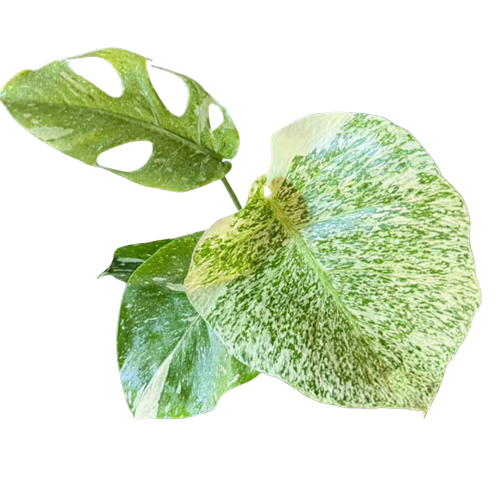







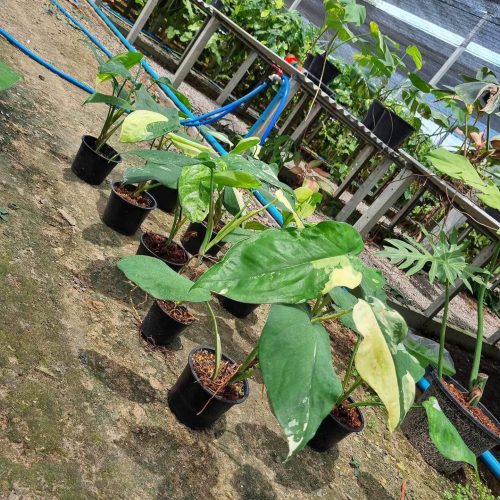
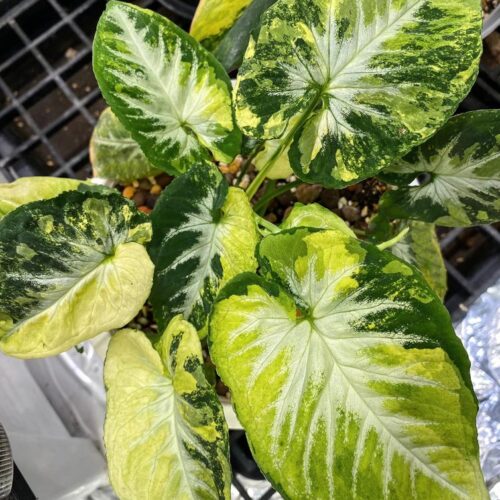
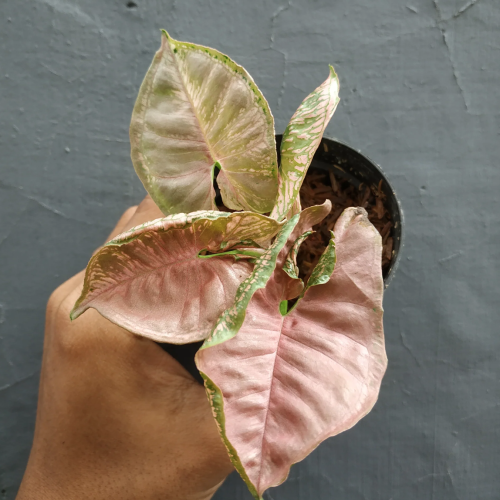
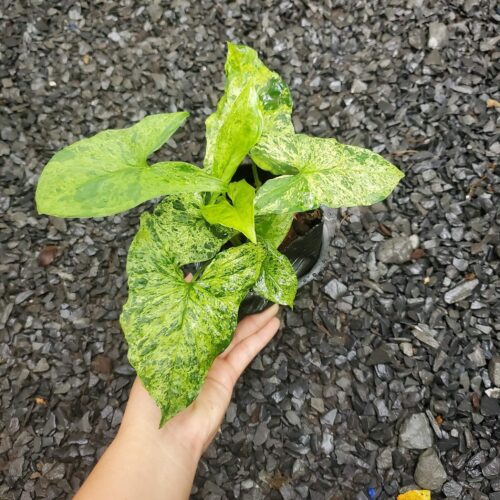
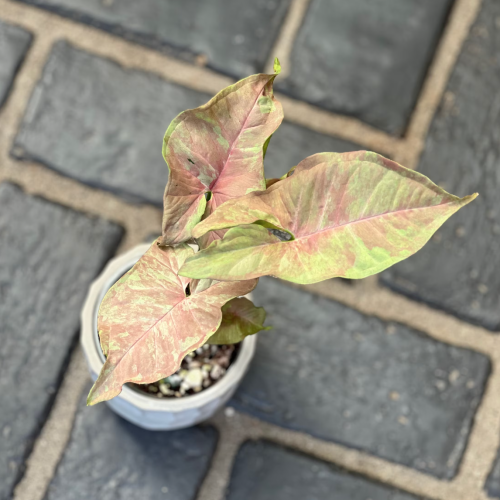

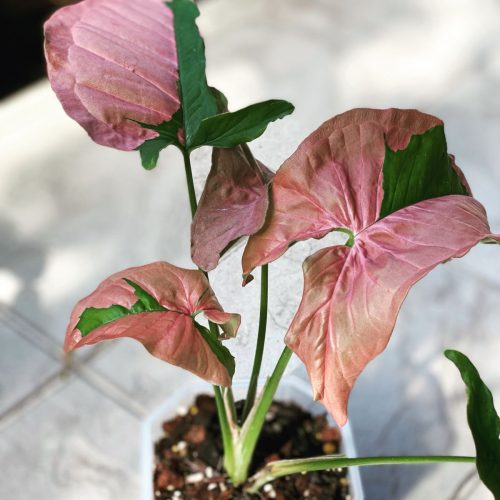

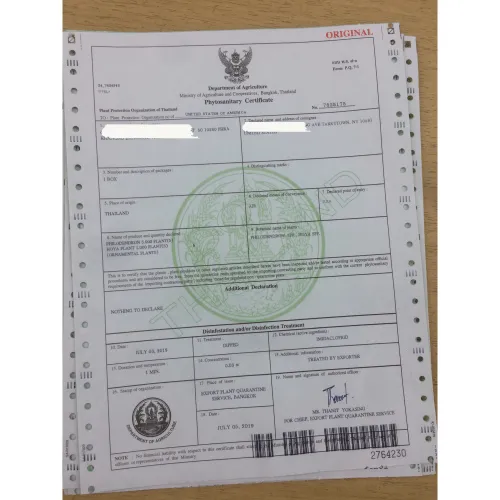

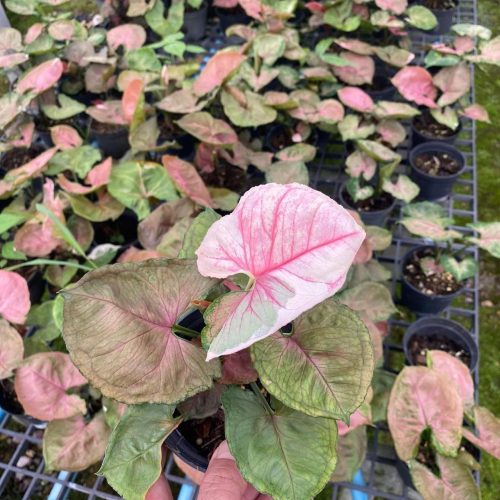
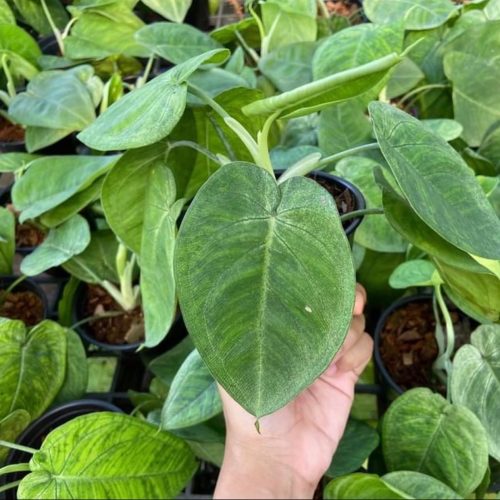
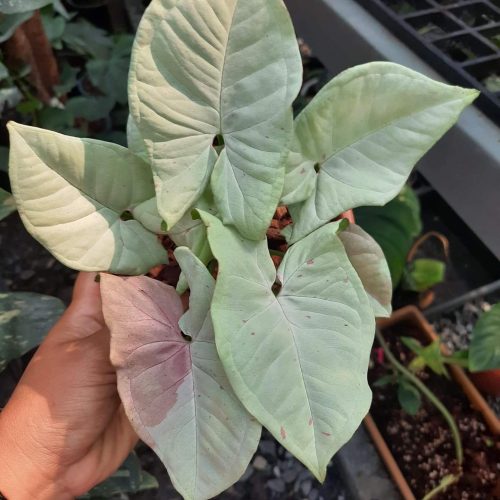
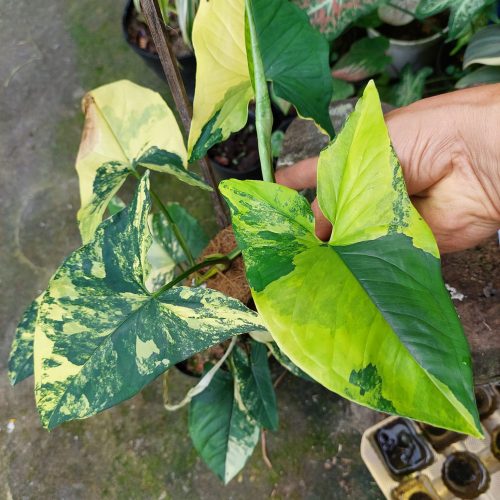
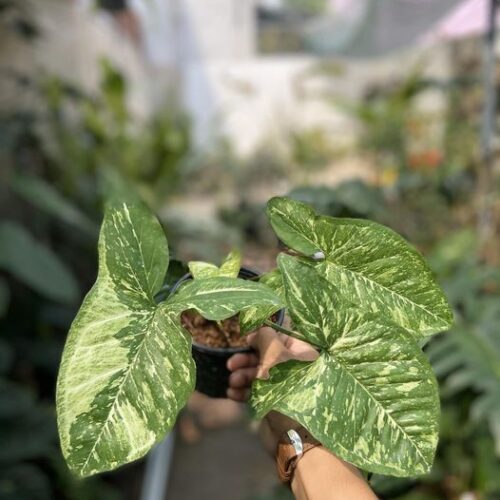
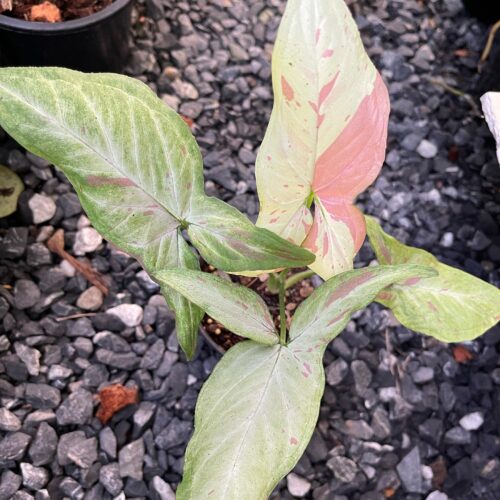
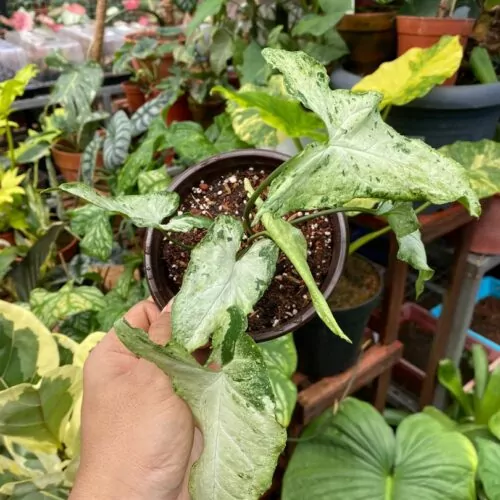

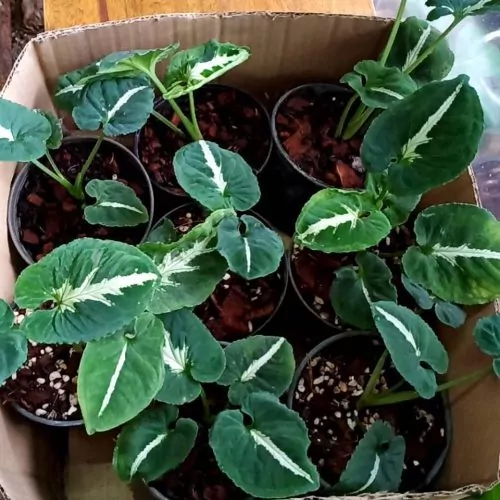
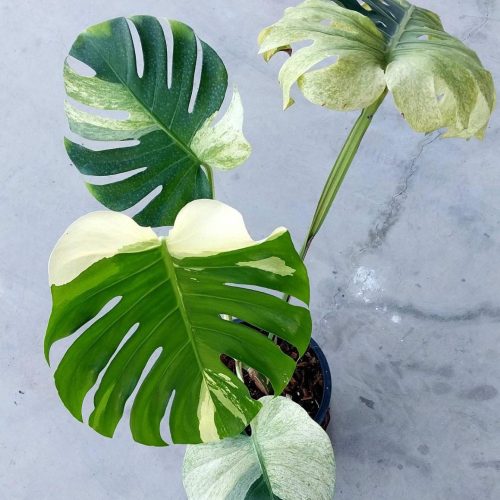



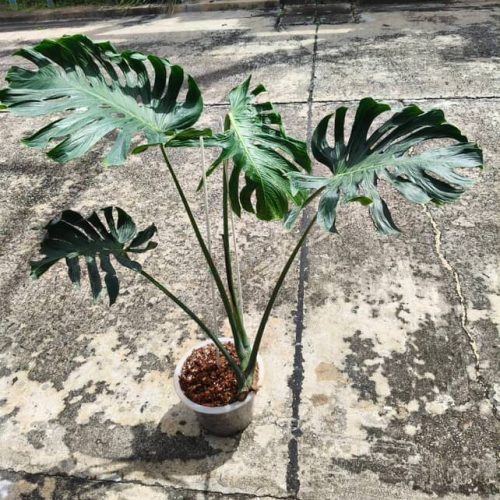
![12x Monstera Borsigiana Albo half leaves variegata [3-4 leaves]](https://greenboog.com/wp-content/uploads/2024/10/Monstera-Borsigiana-Albo-half-leaves-variegata-1-500x500.jpg)
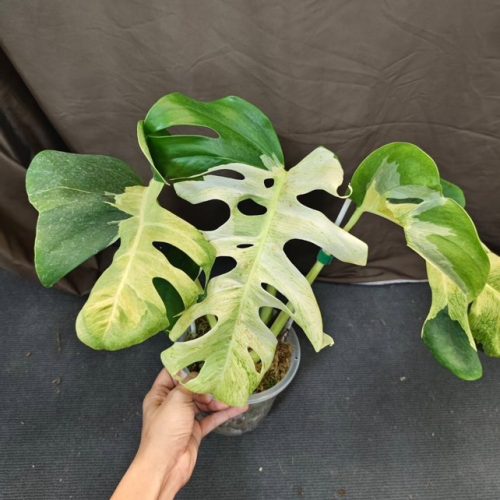

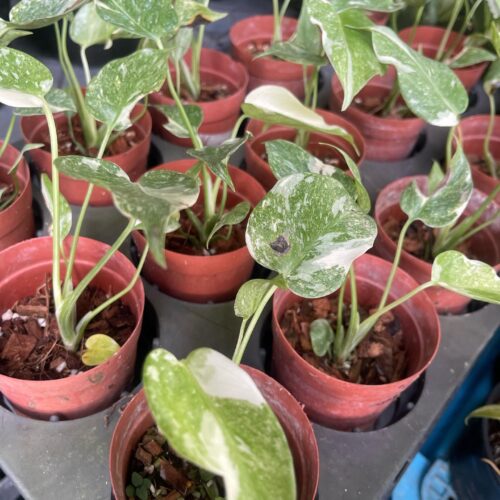
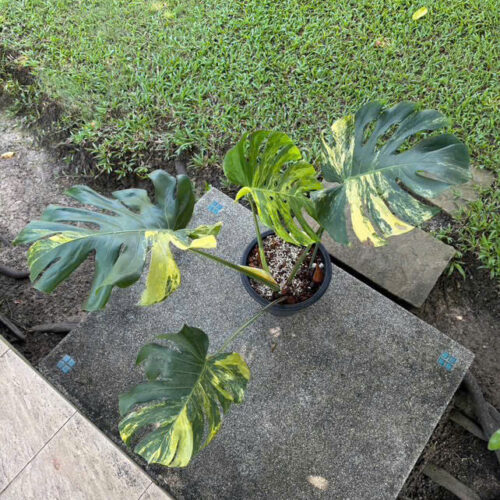
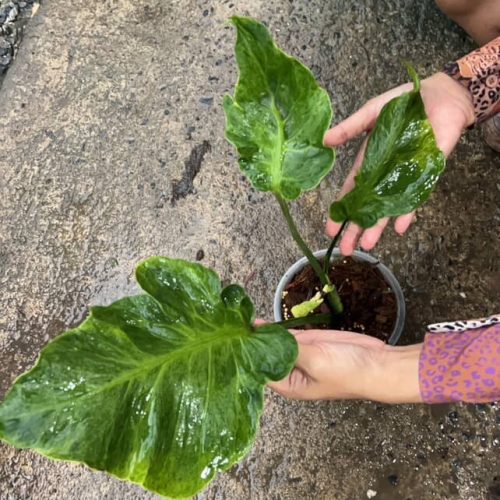
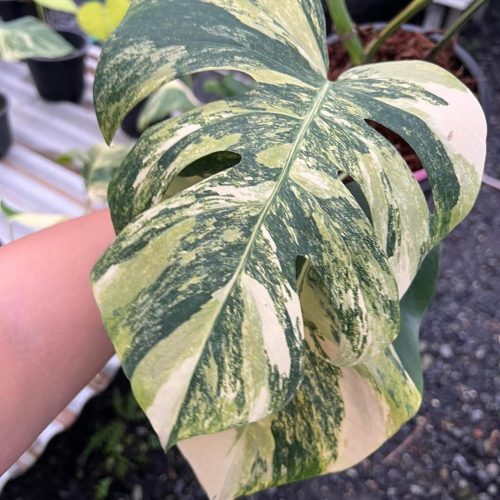

![10 Pots x Monstera Aurea Variegated / Mix Aurea tri color 3-4 leaves [well variegated]](https://greenboog.com/wp-content/uploads/2024/08/Monstera-Aurea-Tri-color-500x500.jpg)

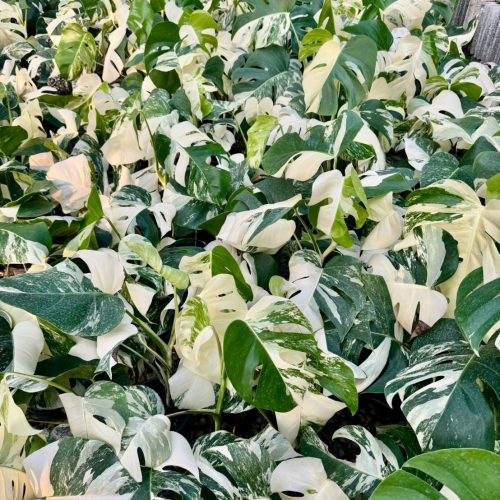
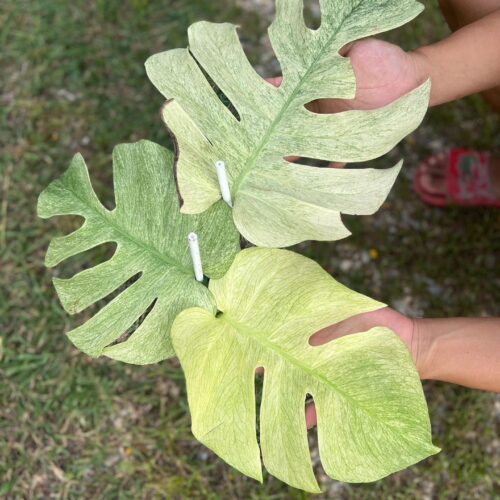
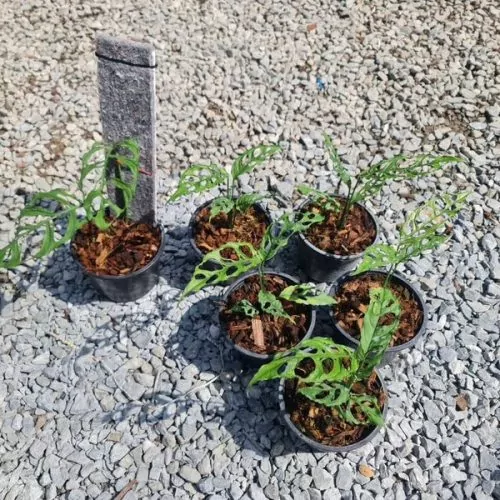
![[SALE] 10 Pots x Monstera Aurea Variegated 3-6 leaves [Medium size]](https://greenboog.com/wp-content/uploads/2025/01/Monstera-Aurea-variegated-4-6-leafs-500x482.jpg)
